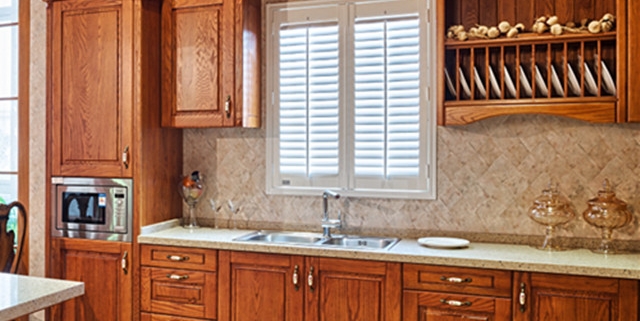How to Match Decorative Wall Panels With Other Elements in the Room?
Matching decorative wall panels with other elements in a room is essential for creating a cohesive and harmonious interior design. Here are some tips to help you achieve a well-coordinated look:
Consider the Room’s Overall Style: Determine the overall style of the room. Whether it’s modern, traditional, eclectic, or another style, choose wall panels that align with the room’s aesthetic.
Coordinate Colors: Ensure that the colors of the wall panels complement the existing color scheme of the room. Consider the hues of furniture, flooring, and other elements when making your choice.
Texture and Pattern Harmony: If you have existing patterns or textures in the room, try to match or harmonize them with the wall panels. For example, if there are patterned cushions or rugs, choose wall panels with a complementary or coordinating pattern.
Consistent Material Palette: Stick to a consistent material palette. If you have wooden furniture, consider wood-paneled walls. If the room has a lot of metallic elements, metal-accented panels might be suitable.
Balance Boldness: If your wall panels have a bold or intricate design, balance them with more subdued elements in the room. Avoid overwhelming the space with too many visually dominant features.
Create Focal Points: Use wall panels to create focal points in the room. If there’s a particular area you want to highlight, such as a fireplace or a piece of artwork, choose wall panels that enhance rather than compete with the focal point.
Match with Architectural Features: Consider the architectural features of the room. Wall panels should complement features like moldings, trims, and built-in shelving rather than clash with them.
Consider Scale and Proportion: Ensure that the scale and proportion of the wall panels work well with the size of the room. In larger rooms, you might opt for larger panels, while in smaller spaces, smaller panels may be more suitable.
Reflect Natural Light: If the room lacks natural light, choose wall panels that can reflect light and brighten the space. Mirrored or glossy panels can be particularly effective in this regard.
Create a Visual Flow: Aim for a smooth visual flow from one part of the room to another. The transition between the wall panels and adjacent surfaces should be visually seamless.
Customization for Coherence: If possible, customize the wall panels to ensure they fit perfectly with the dimensions and design requirements of the room. This creates a more cohesive and intentional look.
Experiment with Samples: Before making a final decision, obtain samples of the wall panels and place them in the room. This allows you to see how they interact with the existing elements under different lighting conditions.
Remember, the goal is to create a space where all elements work together harmoniously. Take your time, experiment with different combinations, and trust your instincts to achieve a balanced and aesthetically pleasing result.




